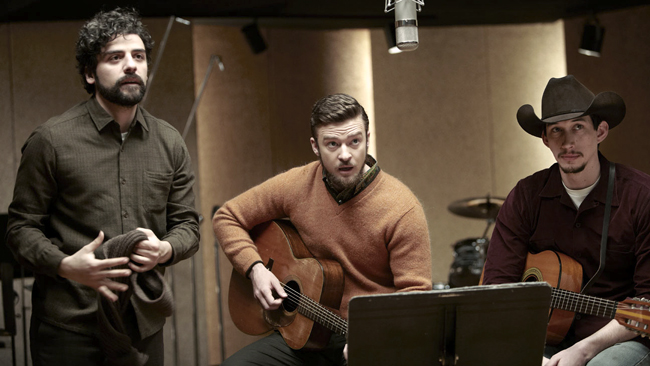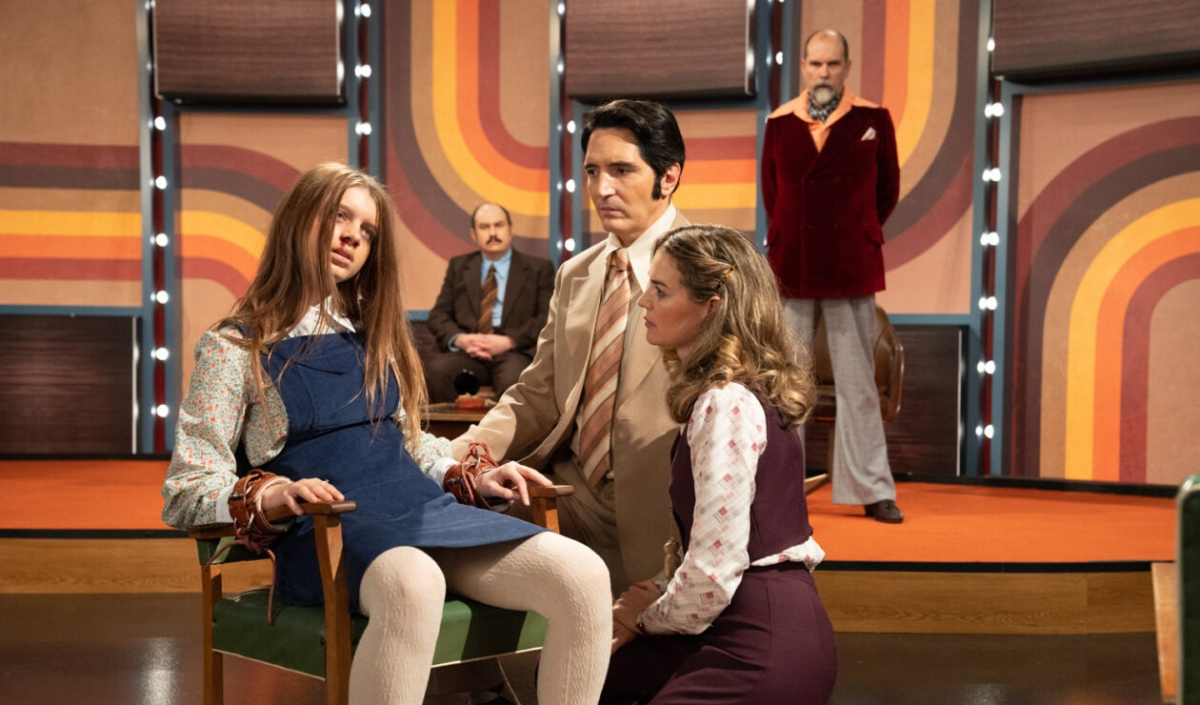Come for the Coens, stay for the star-making performances.
The Coen brothers’ latest film, “Inside Llewyn Davis,” is a look at what it means to be an artist when no one else cares. Its title character, played by Oscar Isaac, is a struggling singer in 1960s Greenwich Village, New York City. He drifts between couches and gigs, forging no real connections with anyone and sneaking away once he has gotten what he needed. The only things he possesses are a set of clothes too thin for the New York winter, a guitar and an ever-waning belief in his own talent.
Isaac does an admirable job with the Coens’ screenplay, spitting out one-liners with the right mix of ornery sulkiness and sarcasm needed to create an artist who is all ego. His character is self-absorbed to the point of delusion. Davis simply doesn’t get why he’s not a hit.
It is during the film’s performances when Isaac truly shines. He and his co-stars, among them Justin Timberlake and Carey Mulligan, do their own on-camera singing and playing, and they do it well. The musical performances perfectly channel the necessary tone and style of ’60s pre-Dylan folk. T Bone Burnett, who produced the music for four of the Coens’ films including the musical masterpiece “O Brother, Where Art Thou?,” arranged the music for “Inside Llewyn Davis” with input from Isaac, and they’ve created musical numbers of intense passion and beauty. His haunting renditions of “Hang Me, Oh Hang Me” and “Fare Thee Well” fill in the character the audience has met offstage. Davis is a man who, for all his many faults, believes he has something to offer the world with music, and Isaac proves that with his own voice.
As with most Coen films, “Inside Llewyn Davis” has a brilliant and bizarre supporting cast of characters. John Goodman, a longtime mainstay in the directors’ ensemble, shines as a mysterious drifter named Roland Turner, who despises folk music and has many of the films best one-liners. Mulligan is perfectly flinty and foulmouthed as Jean, the wife of one of Davis’ friends who also happens to be his lover. She peels back layer after layer in each successive appearance. Mulligan and Goodman both walk the fine line between matching Isaac and blowing him off screen with finesse equal to their characters’ absurdities. This delicate balance is only possible because of the screenplay. Isaac is always given just the right response to keep his co-stars on their toes, which results in one of the Coens’ most outright funny films since “O Brother, Where Art Thou?.”
All of the Coens’ previous films have been completely inseparable from their settings, and this one is no different. The film was shot on location in New York City, and the production design is outstanding. Davis drifts through apartments with hallways so small they can barely fit one person, and the ankle-deep snow remains an ever-present reminder of what Davis faces if he continues to fail. Jean’s apartment in particular is a gorgeously rendered microcosm of Greenwich life, filled with muted grays and blues that contrast violently with the brightly lit yellow warmth of the Upper East Side apartment of Davis’ wealthier patrons.
In “Inside Llewyn Davis,” the Coen brothers have recreated the Greenwich folk scene so flawlessly it’s as if the audience is watching a documentary on Bob Dylan’s unsuccessful neighbor. The movie loses a little steam in the third act, but Isaac’s soul-baring performance grabs you from the opening bars of his first song and never lets go.





















